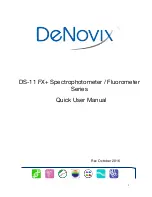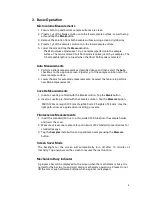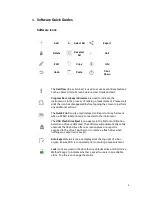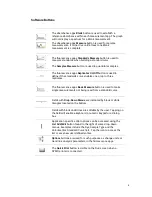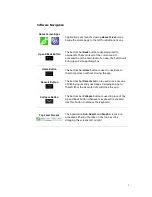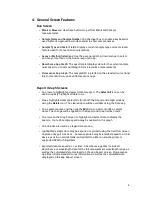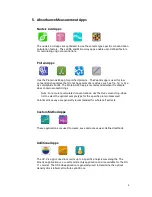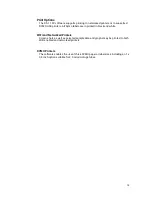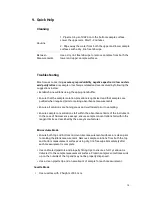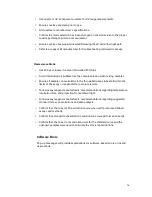
15
9.
Quick Help
Cleaning
Routine
1. Pipette 3-4
μ
L of dH20 onto the bottom sample surface.
Lower the upper arm. Wait 1-2 minutes.
2. Wipe away the water from both the upper and lower sample
surfaces with a dry, lint-free lab wipe.
Between
Measurements
Use a dry, lint-free lab wipe to remove samples from both the
lower and upper sample surfaces.
Troubleshooting
Most issues concerning
accuracy
,
reproducibility
,
negative spectra
and
low nucleic
acid purity ratios
are sample or technique related and are resolved by following the
suggestions below:
•
Establish a new Blank using the appropriate buffer.
•
Ensure that the sample isolation procedure is optimized and that samples are
purified when required prior to making absorbance measurements.
•
Ensure all solutions are homogenous and well mixed prior to sampling.
•
Ensure sample concentrations fall within the absorbance limits of the instrument.
In the case of fluorescence assays, ensure sample concentrations fall within the
reagent limits as described by the assay manufacturer.
Microvolume Mode
•
Ensure both top and bottom microvolume measurement surfaces are clean prior
to making the Blank measurement. Remove sample solutions from both the top
and bottom measurement surfaces using dry, lint-free wipe immediately after
each measurement is complete.
•
Use calibrated pipettors and properly fitting tips to ensure a full 1
μ
l aliquot is
delivered to the sample measurement surface. Protein samples sometimes wick
up on the outside of the tip and may not be properly dispensed.
•
Use a clean pipette tip and a new aliquot of sample for each measurement.
Cuvette Mode
•
Use cuvettes with Z heights of 8.5 mm.

